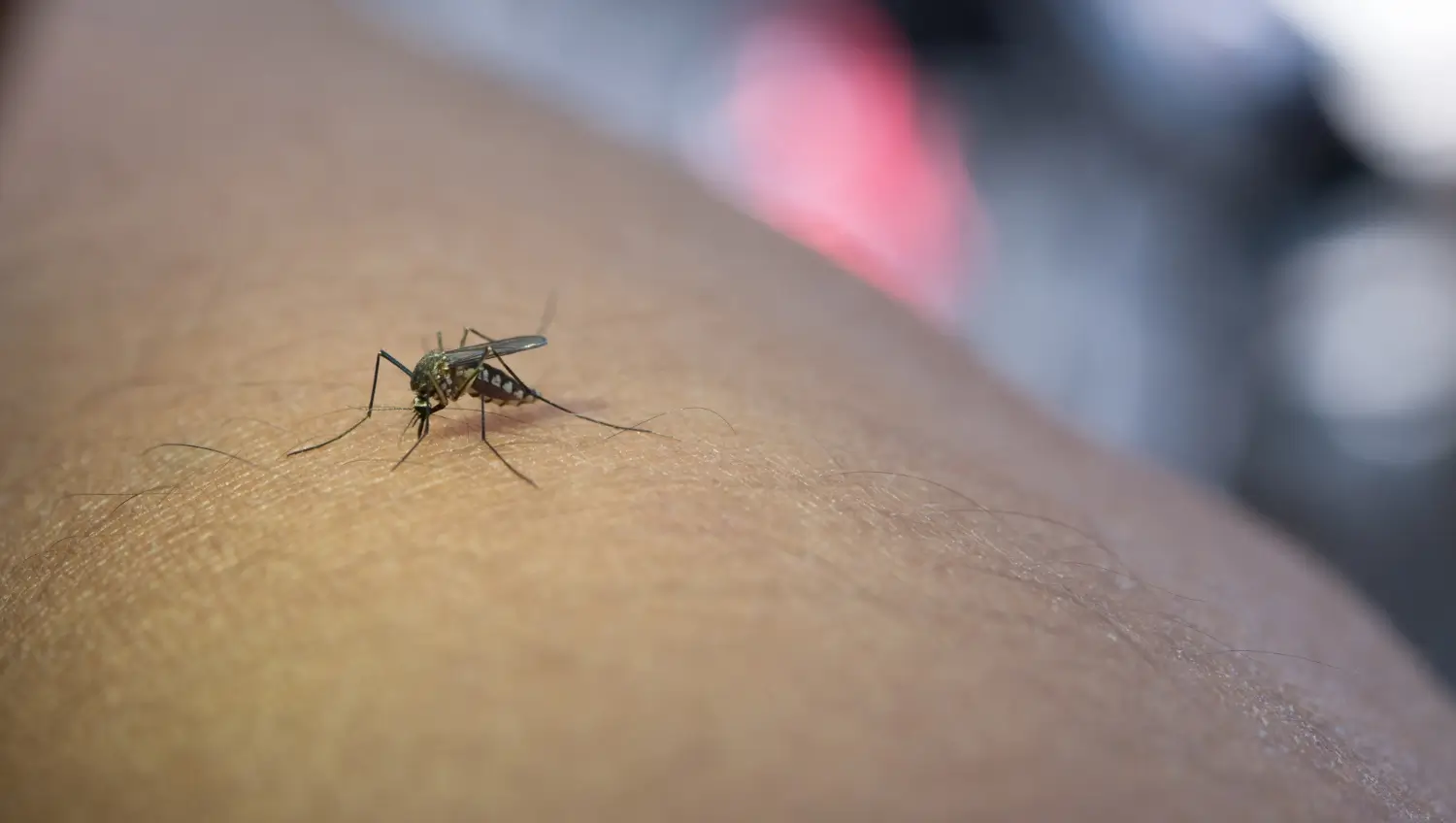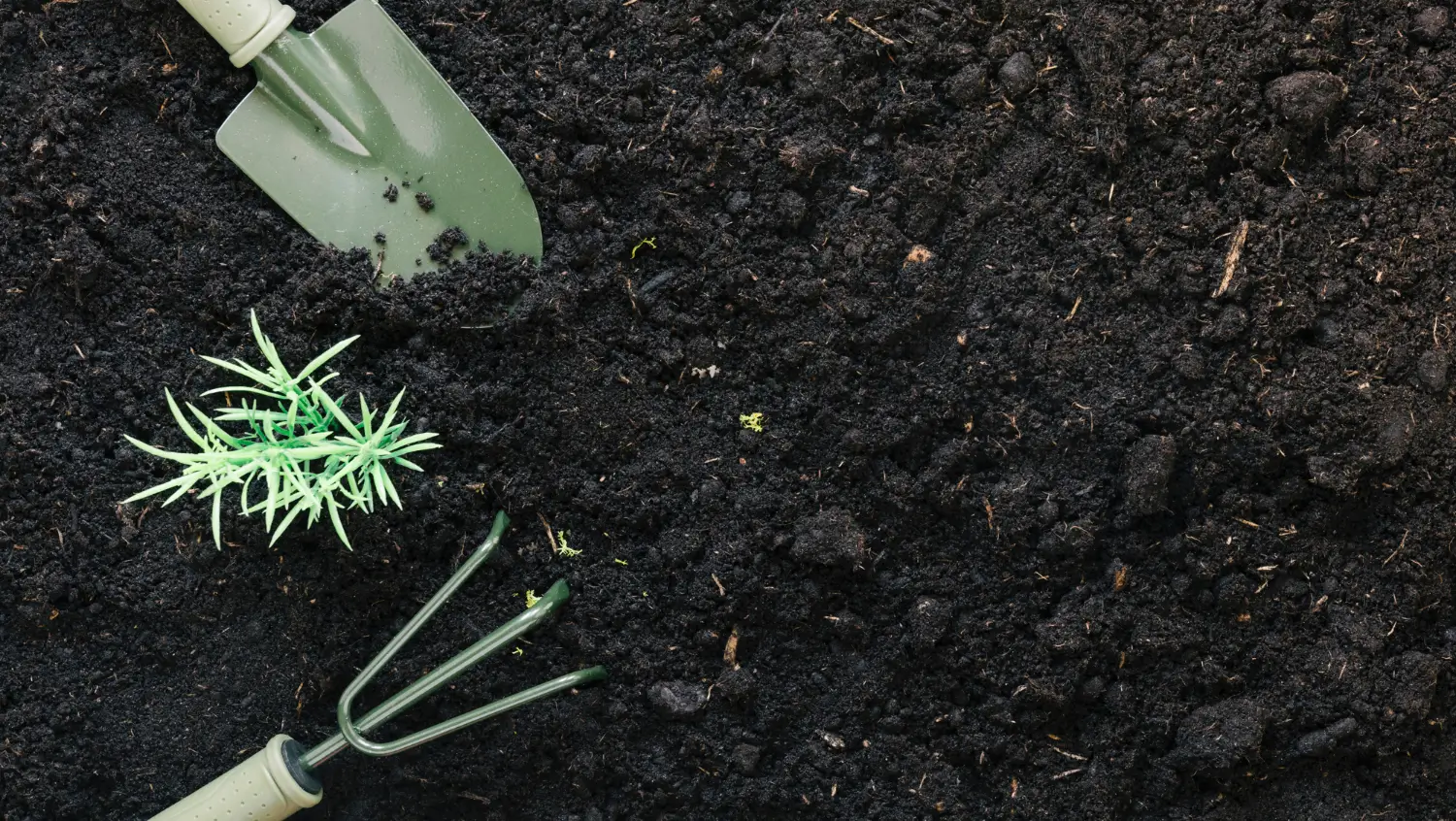
April 29, 2025

Chemical lawn products are dangerous for kids, pets, and the environment, which is why so many people want to avoid them. Chemicals can drain into nearby rivers and lakes and damage fish and plants. They can also lead to skin problems or other health issues in people and animals.
Organic weed and feed from natural ingredients are eco-friendly lawn care products. They sustain the grass and control weeds, all at once. In contrast to chemical weed and feed products, organic weed and feed products use things like corn gluten meal, compost, seaweed or a natural vinegar or citrus oil spray. These soil products also improve soil conditions and promote better growth of the grass while suppressing the weeds.
Growcycle provides an extensive selection of products and tools that facilitate organic weed and feed practices, allowing both gardeners and homeowners to cultivate healthy, chemical-free lawns.
For those who want a good-looking lawn without the harsh chemicals that can leach into the ground and cause all kinds of environmental headaches, organic weed and feed products offer plenty of options. Here are some key benefits:
Safety is one of the primary benefits of organic weed and feed. Since they don’t use synthetic chemicals, these products are much safer for pets and children who play on the lawn. So, no need to worry about harmful substances getting on skin or paws.
Organic products have less impact on the environment. They don’t emit pollutants into the air, water or soil. Unlike chemical weed killers and fertilizers, organic options decompose naturally and are not toxic to insects, animals or neighboring plants.
Organic weed and feed build the soil health over time. Natural ingredients such as compost or seaweed allow the soil to retain nutrients and moisture. This makes the grass stronger and prevents weeds from growing back.
Unlike chemical fertilizers that give grass a fast boost, natural lawn fertilizer with weed control acts over time, providing gradual benefits. It creates a strong base for long-term health that produces deeper roots and greener grass through the seasons.
Organic weed control doesn’t merely eradicate weeds, but it strengthens the lawn to withstand them naturally. Improved soil health and grass health mean weeds have a tougher time finding a place to grow.
Organic methods encourage earthworms and other good bugs and pollinators (like bees). These useful creatures help keep a garden healthy; fewer chemicals can keep them safe.
With recurring exposure, several chemical products may cause skin irritation, breathing problems, or other health issues. Organic weed and feed eliminates that risk, making it a safer option for anyone with allergies or sensitivities.
Without the use of harsh chemicals, organic weed and feed products provide a system of natural improvement of lawn health and weed control. They serve two primary purposes: nourish the grass and prevent weeds from invading. Let’s take a look at how they do it.
Organic weed and feed products employ one of two primary methods of weed control:
1. Pre-Emergent Control
This technique prevents weed seeds from growing before they even sprout. For this, a common natural ingredient is corn gluten meal. It forms an impermeable layer in the soil that prevents seeds from growing roots down. This way, the weeds never have the opportunity to propagate in the first place.
2. Post-Emergent Control
This is aimed at weeds that are already established. Some organic products employ natural ingredients such as vinegar, clove oil or citrus oil to burn or desiccate the leaves of the weeds. These are environmentally safe, yet potent against unwanted plants.
In addition to controlling weeds, organic weed and feed provides grass with the food it needs to become thick and strong. Some of the natural ingredients used to feed lawns are:
There are several different types of non-toxic weed and feed products available, and they all work in different ways. Some excel at preventing weeds before they sprout, and others help grass thrive, fast. Here’s a look at some of the most common:
An example of a common organic weed control product is corn gluten meal. It acts as a pre-emergent, meaning that it prevents weed seeds from germinating to begin with. It’s corn-based and safe for people, pets, and the Earth.
When sprayed at the appropriate time, typically early spring, it forms a barrier on the soil that inhibits seeds from growing roots. It doesn’t hurt existing grass or plants.
These are derived from aged compost or animal manure. They release nutrients slowly that feed the lawn over time and allow it to grow thick and strong.
Liquid organic fertilizers consist of natural raw materials such as seaweed (kelp) and fish emulsion. It is sprayed directly on the grass and is readily absorbed.
These products go after weeds that have already grown. They use things like vinegar, citrus oil or fatty acids to naturally damage or dry out weeds.
Not all organic weed and feed products are equal. Some are tougher, safer or more budget friendly than others. For optimal results, products must be selected based on the lawn’s requirements and the homeowner’s goals. Here’s how to make an informed choice:
When purchasing organic products, it is recommended to find labels of trust so that the product is truly organic and safe.
Knowing what’s in the product matters. Here’s what to watch for and what to skip:
Look for
Avoid
Making organic weed and feed solutions at home can be a great option for those who enjoy a hands on approach or want to save some money. This is where three easy DIY recipes come into play:
This homemade weed killer is effective at killing small, young weeds that have already germinated.
Ingredients
How to Make It
Not only does this kill weeds, but it is also harmful to grass or flowers. Just apply it directly on the weeds, not on the lawn around them. Wear gloves and avoid contact with eyes or skin.
Compost tea is a liquid, homemade natural lawn fertilizer with weed control made by soaking compost in water. It’s rich with healthy microbes and nutrients that contribute to strong and healthy grass.
Ingredients
How to Make It
Use a watering can or garden sprayer to pour or spray the compost tea onto the lawn. Apply in the early morning or evening to prevent burning the grass.
Corn gluten meal acts as a pre-emergent by preventing seed germination in the soil.
Ingredients
How to Use It
Don’t use before seeding new grass; it may prevent those seeds from germinating. Reapply every spring and fall for best results.
Using non-toxic weed and feed at the right time and the right way makes all the difference. Here’s a quick guide on when and how to use these products for the most effective results.
Prime pre-emergent products, such as corn gluten meal, prevent weed seeds from germinating. But they are effective only when applied before weed seeds have begun to germinate.
Use a soil thermometer or consult a local gardening guide to monitor the right time to apply.
Post-emergent products are used once weeds have already emerged. They're most effective on common broadleaf weeds like dandelions or clover.
Results can then be dependent on how and when to water or mow after using an organic weed and feed product.
Having the right tools for the job helps the job go more safely and efficiently.
Even if the product is safe, wear gloves and closed-toe shoes while applying.
What is an alternative to weed and feed?
Feed grass and treat weeds separately. Use vinegar or citrus-based sprays to kill weeds and compost or fish emulsion to feed the lawn. Weeding by hand and mulching are natural forms of weed control as well.
Is there a natural weed and feed?
Yes, natural products such as corn gluten meal serve as a weed preventer and lawn fertilizer. Some blends include safe ingredients such as citrus oil or vinegar for weed control with plant-based nutrients. They are pet- and kid-safe.
What are the natural fertilizers for lawns?
Natural fertilizers include compost, well-aged manure, seaweed extract, bone meal and fish emulsion. These enrich the soil and gently feed nutrients over time. They are chemical-free, safe and ecological lawn maintenance products.
Organic weed and feed are also safe and effective products to keep lawns parasite-free. It allows the grass to flourish without encouraging weeds, all without using toxins. This makes it a better option for families with children and pets, too, and is much friendlier to the environment. Compost, corn gluten meal and seaweed are among the natural ingredients that promote soil health and foster sustained lawn growth.
If looking for a complete selection of organic weed and feed products, tools and tips, check out Growcycle. Their aim is to show homeowners and gardeners how to maintain beautiful lawns without the use of chemicals. With the proper products and a few tricks, anyone with the right products and good timing can enjoy a thick, green, healthy lawn naturally.
Disclaimer: This material is for informational purposes only and should not be relied on for legal, medical, financial, or any other form of professional advice.